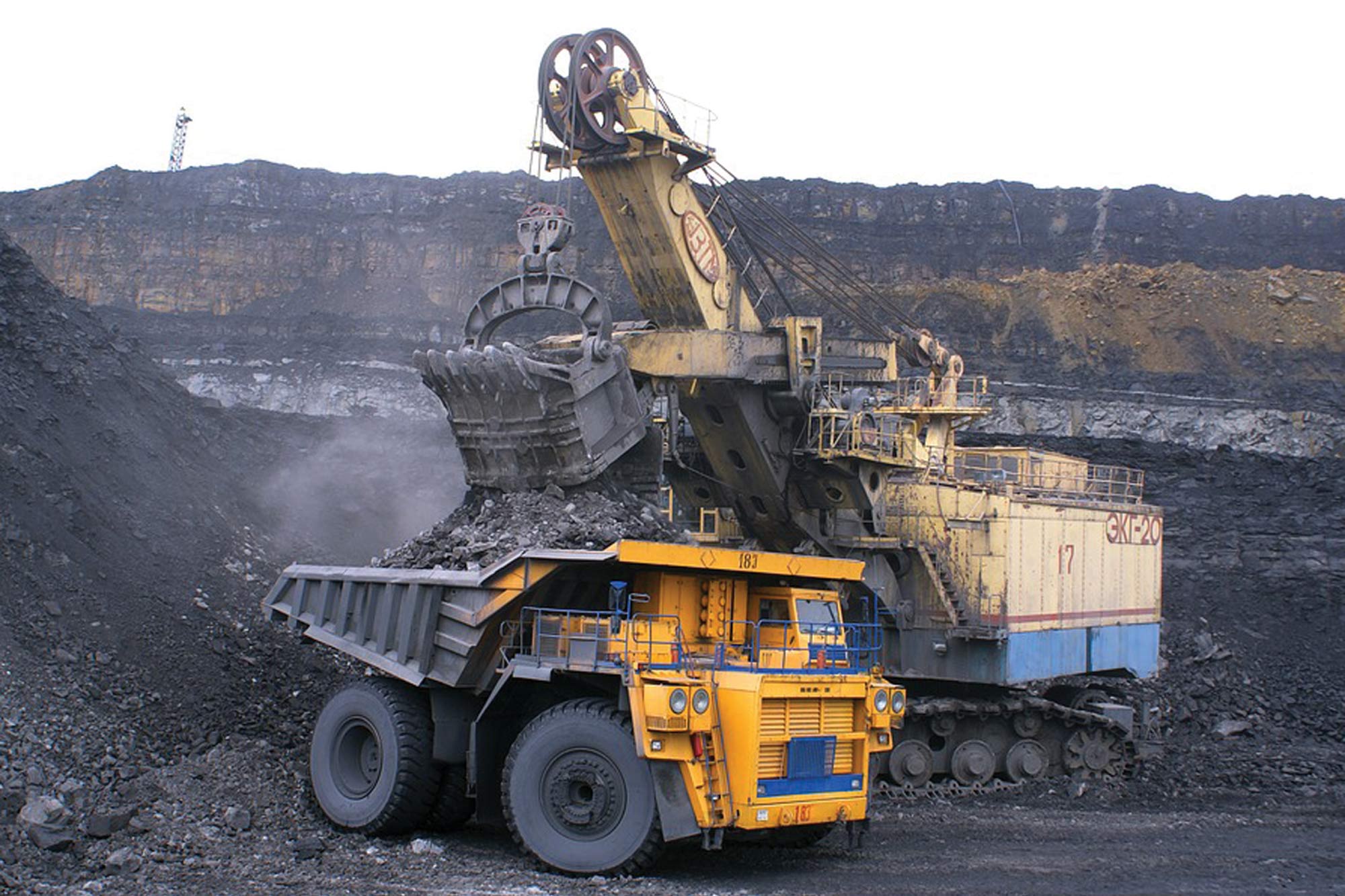Digitisation tops risk list for metals and mining: EY
By Edit Team | November 25, 2017 5:42 am SHARE

Digital effectiveness at number 1 position in top 10 business risks ranking globally.
Digital effectiveness has emerged as the number one risk for the mining and metals industry globally, according to the EY Top 10 business risks facing mining and metals, 2017-2018 report, as companies strive to manage the challenges of productivity and margins by introducing new technologies. With the sector increasingly investing in digital, cyber risk has risen from ninth to third position in the ranking as the convergence of information technology and operational technology has made companies more vulnerable to rogue activity.
While the majority of sector companies have started their digital journey, poor implementation of technology and a gap between progress and the scale of the opportunity leaves companies at risk of falling behind leading adopters. Meanwhile, despite the unprecedented rise in cyber attacks year-on-year, the report indicates that the sector is yet to catch-up in cybersecurity awareness.
Anjani Agarwal, Partner and National Leader – Metals and Mining, EY says, “The use of digital technologies such as IOT / OT, Robotics, Predictive Analytics, Mobility, and AI, cannot be ignored any longer by the Indian companies. As the report suggests that the number one risk this year is digital effectiveness and it holds true for India as well. There is indeed a disconnect between the potential from digital transformation and the successful implementation of new technologies in India.”
Paul Mitchell, EY Global Mining & Metals Advisory Leader, says, “The opportunity through digital is huge. But digital goes beyond just adopting new technologies: it is a critical enabler to address the sector’s most urgent operational challenge – improving productivity across the value chain. And as the sector increasingly moves toward digital transformation, the attack surface is also becoming larger and it is critical that mining and metals companies accelerate their cybersecurity program.”
New risks emerge as the sector switches to growth
Cash optimisation fell from first to sixth position in this year’s ranking, in the wake of relatively higher margins and improved cash generation in most mining and metals businesses. The need to drive competitive shareholder returns, however, calls for companies to manage the competing demands of short-term capital allocation with longer-term investment in growth, according to the report.
While 2017 has seen companies reduce leverage and return cash to shareholders through dividends and share buyback programs, this is a short-term response to the underperformance of recent years, as return on capital employed has consistently fallen below the weighted average cost of capital. Now that balance sheets have been restored and excess cash returned, the sector will begin to look for investment opportunities that drive long-term return on capital.
Mitchell says, “While cash returns have helped regain shareholder confidence, this is not a long-term strategy. Mining and metals companies need to differentiate themselves through their capital decisions, and increasingly this will mean investing in growth as well as returning capital to the balance sheet and to shareholders.”
Regulatory risk surges while innovation and new technologies disrupt the sector
Regulatory risk is a new entrant to the top 10, as governments demand a greater return from their natural resources in light of improving commodity prices and profits, while transparency initiatives continue to gain momentum. The impact of judicial and regulatory developments on Indian mining has been quite intense.
Agrawal says, “Changing attitudes driven by sustainability agenda and new technology developments external to the mining sector are driving fundamental changes into the sector. Good understanding of these trends is critical for future growth shaped by the new world commodities.”
Cookie Consent
We use cookies to personalize your experience. By continuing to visit this website you agree to our Terms & Conditions, Privacy Policy and Cookie Policy.





































-20240213125207.png)

























